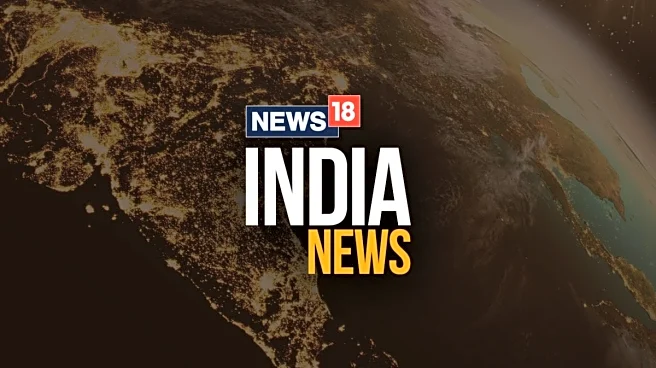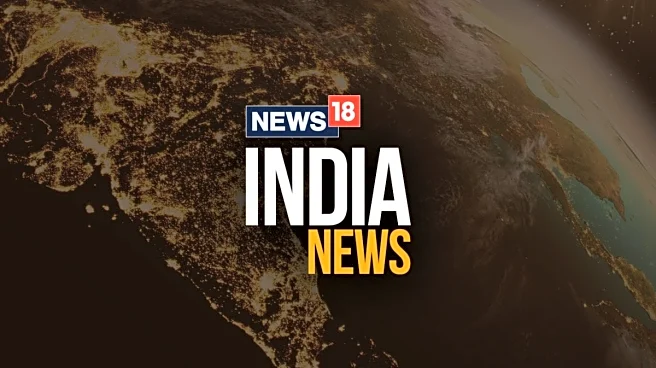With air quality in the Delhi-NCR region deteriorating rapidly, the Graded Response Action Plan (GRAP) Stage 3 has been updated across Delhi, triggering enhanced restrictions on vehicular movement and emissions. What this really means is that certain restrictions from Stage-4 will be applicable under Stage-3. For those unaware, the GRAP restrictions are imposed for vehicles not meeting emission norms. Such vehicles face bans or curbs and motorists must adjust quickly. The goal ultimately is to reduce pollution, improve public health, and prevent the city from sliding into the “Severe Plus” category of air quality.
Also Read: TVS Jupiter 125 Colour Options Explained — Find Your Right Shade
CAQM has revised the GRAP schedule on 21.11.2025 to make
it more stringent thus preventing further deterioration of air quality in Delhi–NCR;
Complete details of revised GRAP schedule (November, 2025) can be accessed from the Commission’s official website. pic.twitter.com/0SYTHhVQlM
— Commission for Air Quality Management (@CAQM_Official) November 22, 2025
What Triggers GRAP Stage 3?
The Stage 3 of GRAP is activated when the city’s Air Quality Index (AQI) enters the “Severe” category (typically AQI 401-450). In response, the Commission for Air Quality Management (CAQM) may bring in stricter controls. Some measures originally meant for Stage 4 are now being implemented early under Stage 3 to curb escalating pollution.
Key Vehicle Restrictions For Cars And Bikes
- Four-wheelers that are petrol-powered with BS-III emission norms or diesel vehicles meeting only BS-IV norms are banned from entering Delhi under current GRAP 3 rules.
- Buses and goods vehicles registered outside Delhi and not classified as essential service vehicles face curbs. Only CNG, EVs or certified BS-VI vehicles may operate freely.
- Bikes and two-wheelers are less explicitly singled out in initial notifications, but general advisories emphasise shifting to public transport, avoiding short vehicle trips, and ensuring valid pollution-under-control certificates (PUC).
How Motorists Should Respond
If your car or bike does not meet the allowed categories, avoid commuting in Delhi until restrictions ease. Check your vehicle’s registration and emission norm. Older BS-III or BS-IV models may be restricted. Make sure your PUC is valid and keep service records updated. For daily commuting, consider using public transport or car-pooling during this phase. Authorities are monitoring via checkpoints and may impose penalties for non-compliance.
Also Read: Lok Adalat Returns On December 13 — Simple Steps To Settle Your Traffic Challans
What Happens Next And Why This Matters
The focus now is on cutting emissions quickly, and motorists will need to adapt until conditions improve. Compliance is not just about avoiding penalties, it is also one of the few immediate steps available to limit further deterioration.
Stay updated on all latest automotive trends with Times Now Auto.


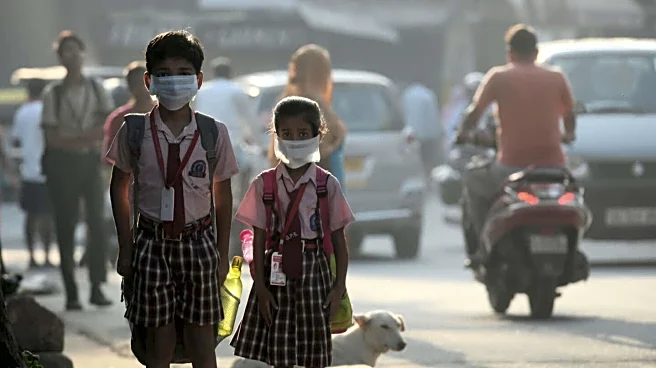
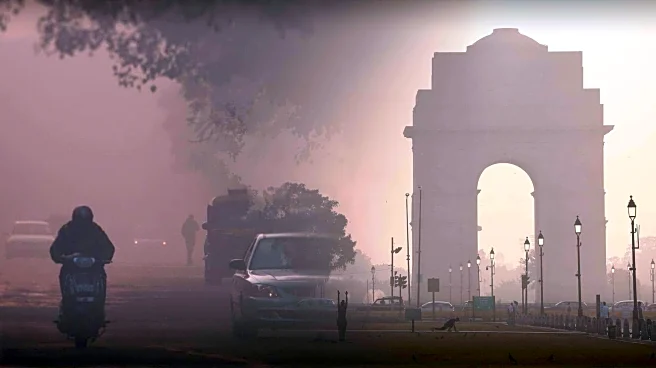
/images/ppid_a911dc6a-image-176379843710038070.webp)


/images/ppid_a911dc6a-image-176396646551139426.webp)


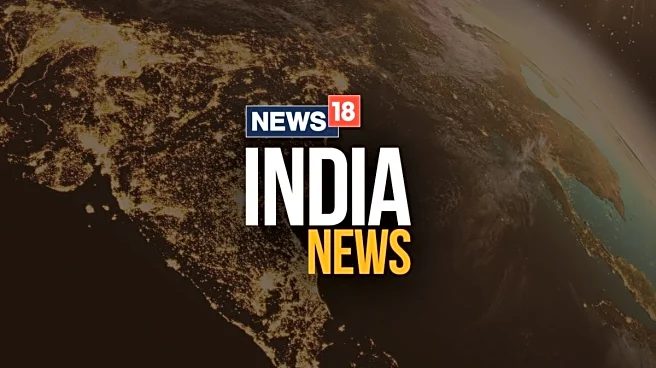
/images/ppid_a911dc6a-image-176396922406364268.webp)
